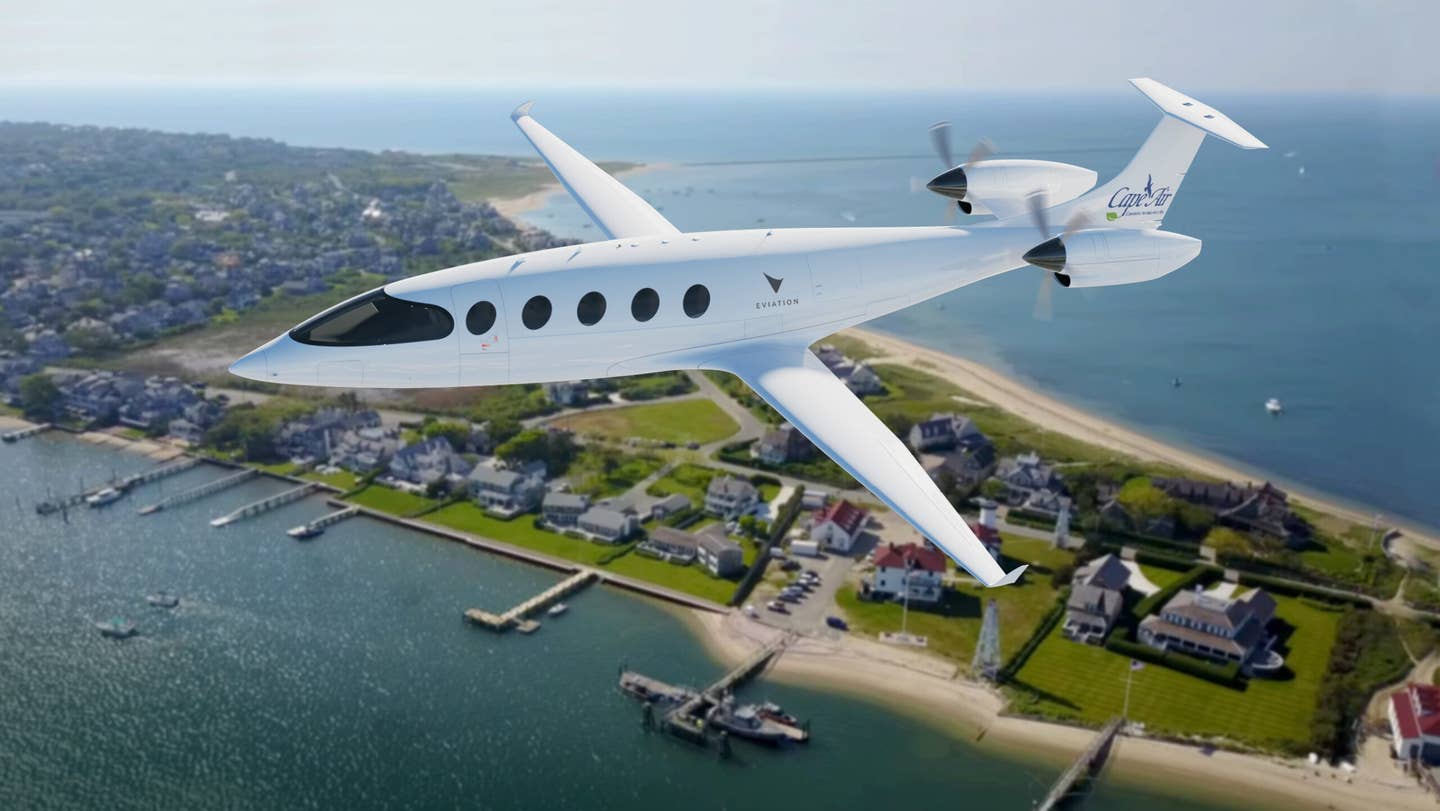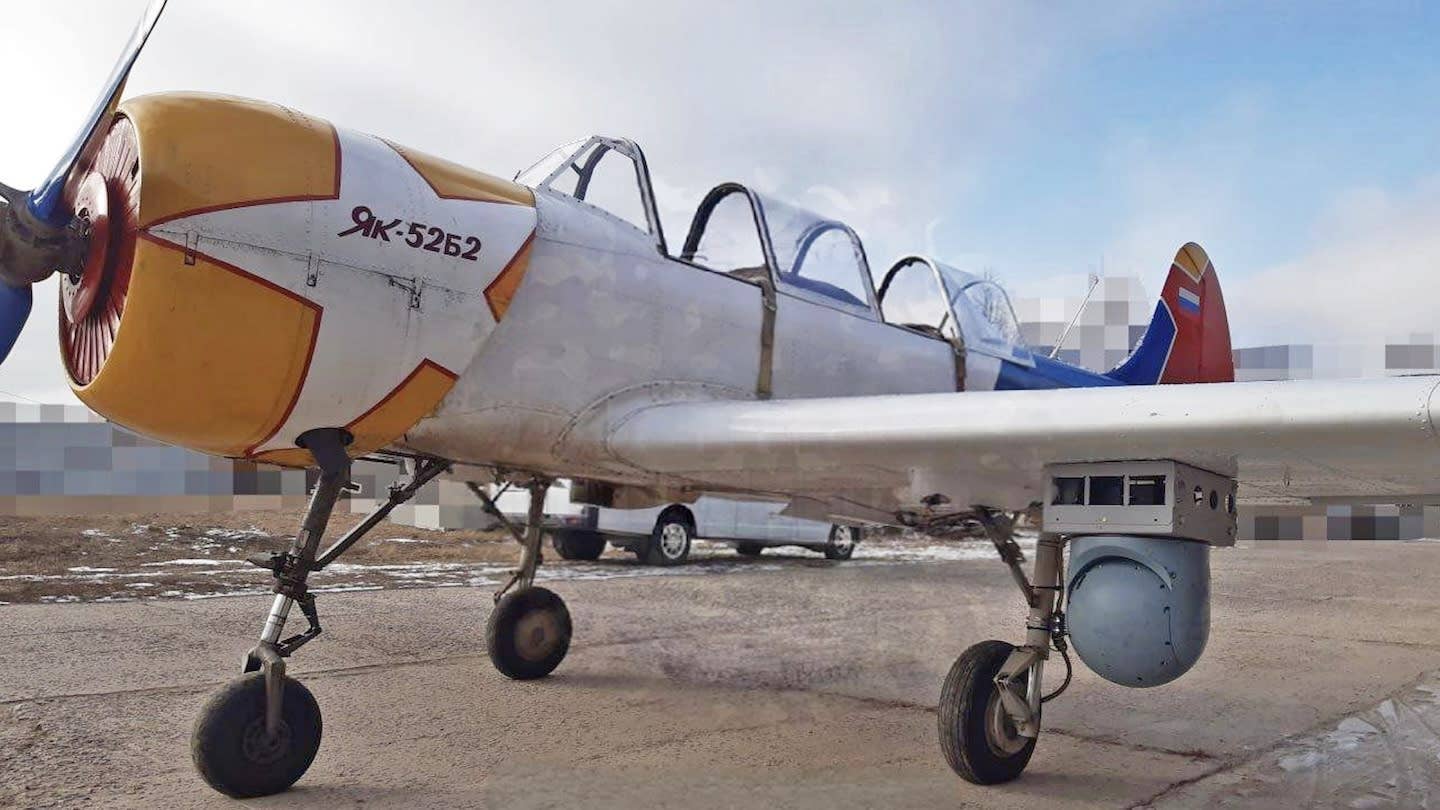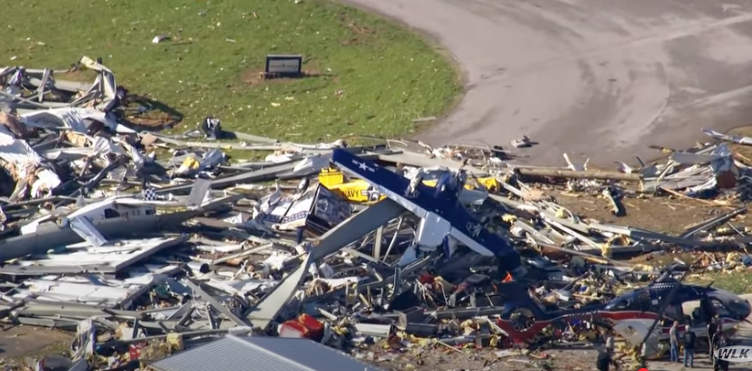Cape Air Signs Deal For 75 Electric Alice Commuter Aircraft
Massachusetts-based commuter airline Cape Air has signed a letter of intent (LOI) with Eviation for the purchase of 75 all-electric Alice aircraft. The terms of the agreement have not been…

Image: Eviation
Massachusetts-based commuter airline Cape Air has signed a letter of intent (LOI) with Eviation for the purchase of 75 all-electric Alice aircraft. The terms of the agreement have not been made public. As previously reported by AVweb, Eviation announced in June 2019 that Cape Air would be its first commercial customer for the aircraft, which is still in development.
“Truly sustainable aviation not only reduces the impact of air travel on the environment but also makes business sense,” said Jessica Pruss, Eviation vice president of sales. “We are proud to support Cape Air, a recognized leader in regional air travel, to chart a new path in delivering innovative solutions that benefit airline operators, passengers, communities and society.”
Cape Air currently flies more than 400 flights a day to locations in the Northeast, Midwest, Montana and the Caribbean. According to Eviation, the Alice will have a top cruise speed of 250 knots, maximum payload of 2,500 pounds and single-charge range of 440 NM. The aircraft will seat nine passengers and two crew members and is powered by the magniX magni650 electric propulsion unit. Eviation noted last February amidst a leadership change that it was expecting to fly the Alice for the first time “in the upcoming weeks.”






